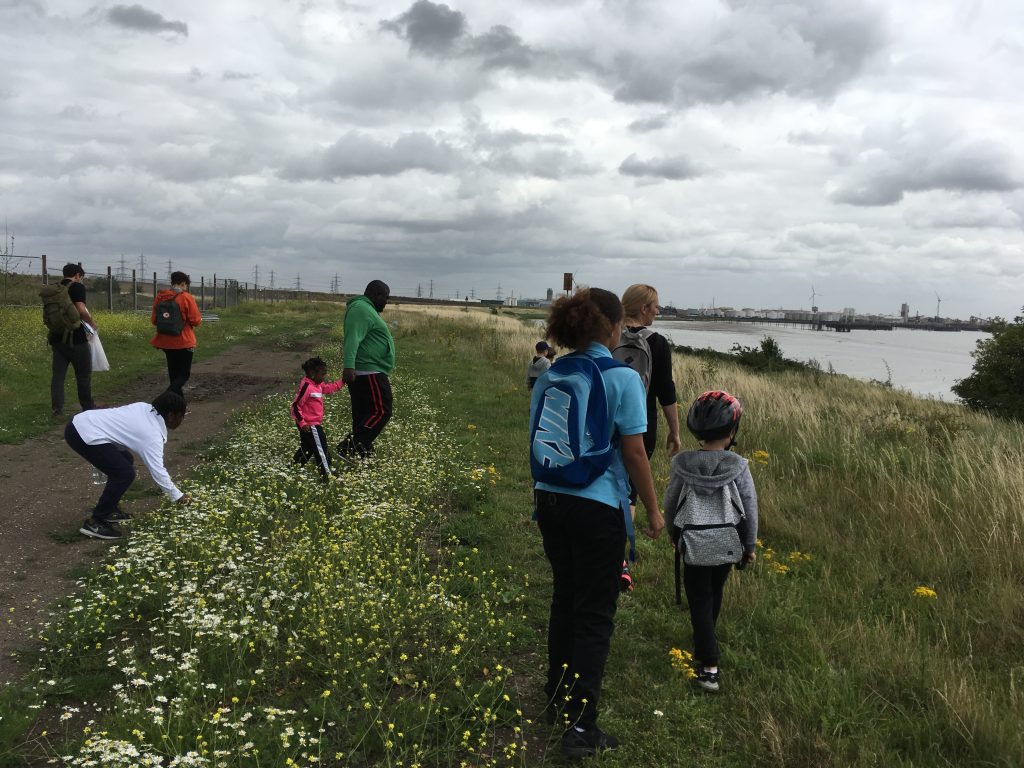There’s a scene in Michael Winterbottom’s 1999 film Wonderland when Gina McKee’s character Nadia takes the Night Bus home across the Thames from central London. The image of a somewhat pensive young woman alone on the upper deck is exquisitely evocative of a certain time of night, time of life – and time of night in London life. London is hardly unique as a settlement built on a river, but the Thames is nevertheless integral to my sense of place and to my sense of self as a Londoner.
And there’s a growing body of evidence to support the contribution of ‘blue space’ to health and wellbeing. It can surpass the substantial contribution we now know is made by ‘green space’. More positively still for health and place attachment, access to blue space has been shown to have an even greater impact on reducing health inequalities. That said, the bulk of the evidence to date is not concerned with rivers, but oceans and the sea. Who is not uplifted by a sea view?[i]
At Barking Riverside in North East London, where I am working with Iken Associates on the research strand of the Healthy New Town initiative, we’ve put the river at the heart of our work to promote a sense of place for a new community and to boost both physical and mental wellbeing. To help with this, Professor Nick Tyler and Liliana Ortega from University College London have launched a ‘pop-up’ collaborative research facility to understand existing and potential use of the riverside. Currently, people travel from outside the borough to this stretch of river to walk and bird watch, but it appears to be relatively under-used by residents – many of whom say they don’t know how to access it. As finding quiet places to relax and be calm is a priority expressed by local people, an accessible riverside may well prove an important mental health asset as the town develops.
Linked to health and sense of place is also a sense of history. The River Roding, which joins the Thames as Barking Creek, was a major transport link as late as the 1960s. For over 200 years, it supported the market gardening and fishing industries followed by factories and storage facilities for everything from blood products, jute and matches to old cine film stock. Community walks led by Living Streets and the Creekmouth Heritage Project among others have variously helped to recover and share some of that history between generations and between old and newer residents.
So, it’s great to see ThamesFest return to Barking Riverside, the local contribution to the capital’s annual Totally Thames series of events which runs throughout September – exploring the working, recreational and mythical roles of the Thames in Londoners’ lives throughout history. Alongside this – as part of Silk River 2017 which explores the unique relationship between London and Kolkata – local residents and Arts Council funded ‘Cultural Connectors‘, facilitated by Creative Barking and Dagenham, have devised a performative walk drawing on river-based stories from the borough’s past as well as expressing a vision for the future.
We’ll be there, taking the opportunity to find out about people’s knowledge of the Thames at Barking, what brings them there, what stops them and what could be done to help more people enjoy it.
[i] Researchers at Exeter’s European Centre for Environment and Human Health are my go-to colleagues for data and insight in this area. They are now participating in an EU Horizon 2020 research programme Blue Health which will further our understanding to include the role of urban rivers and the development of a Blue Health Environmental Assessment Tool for planners and communities.



